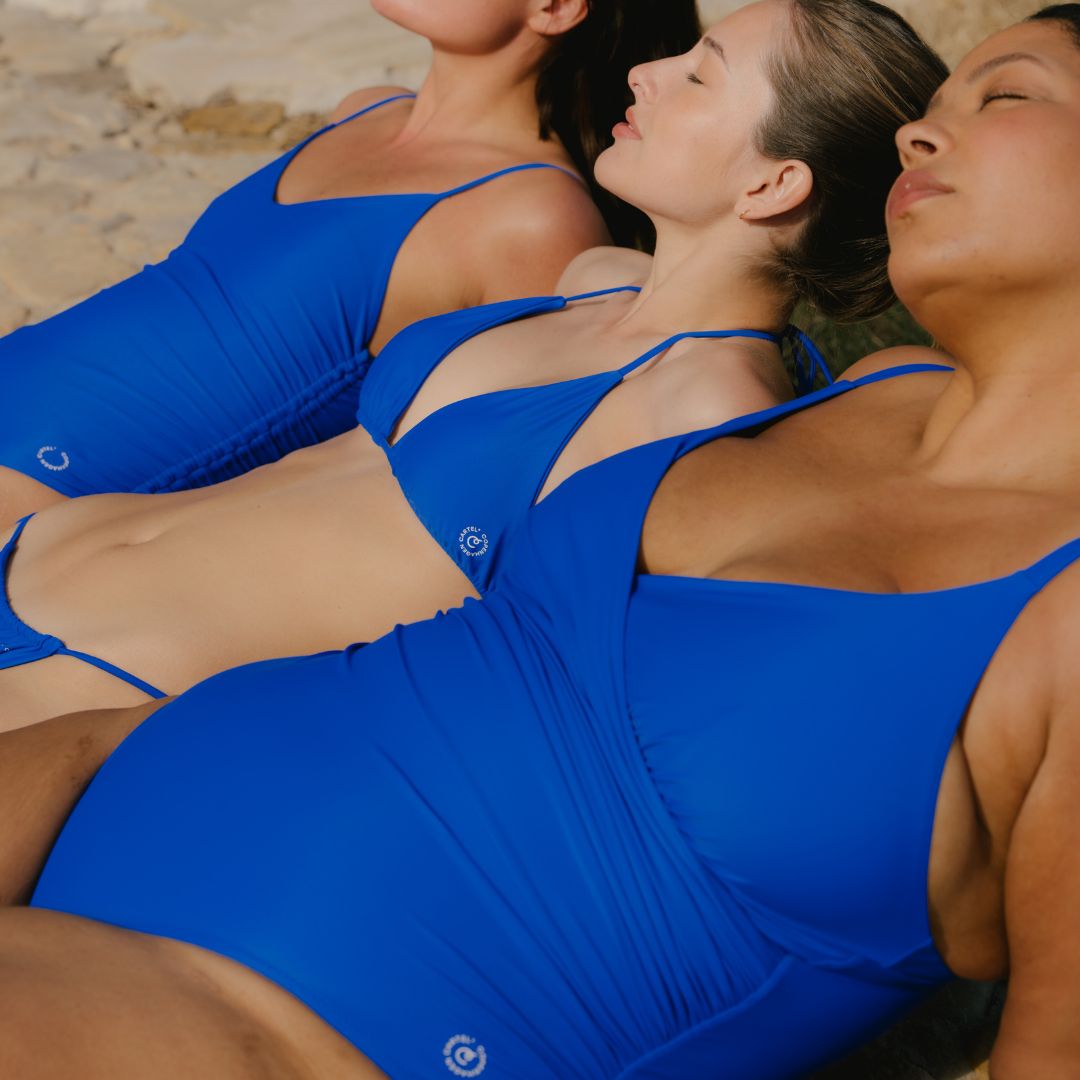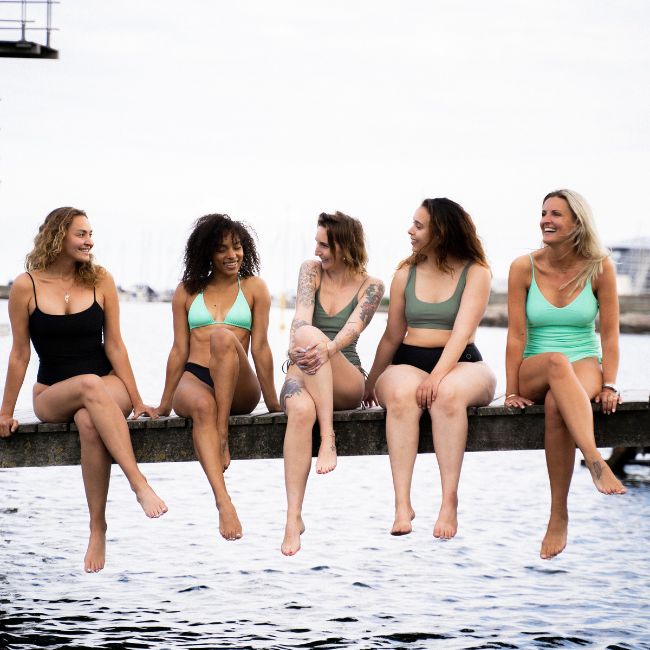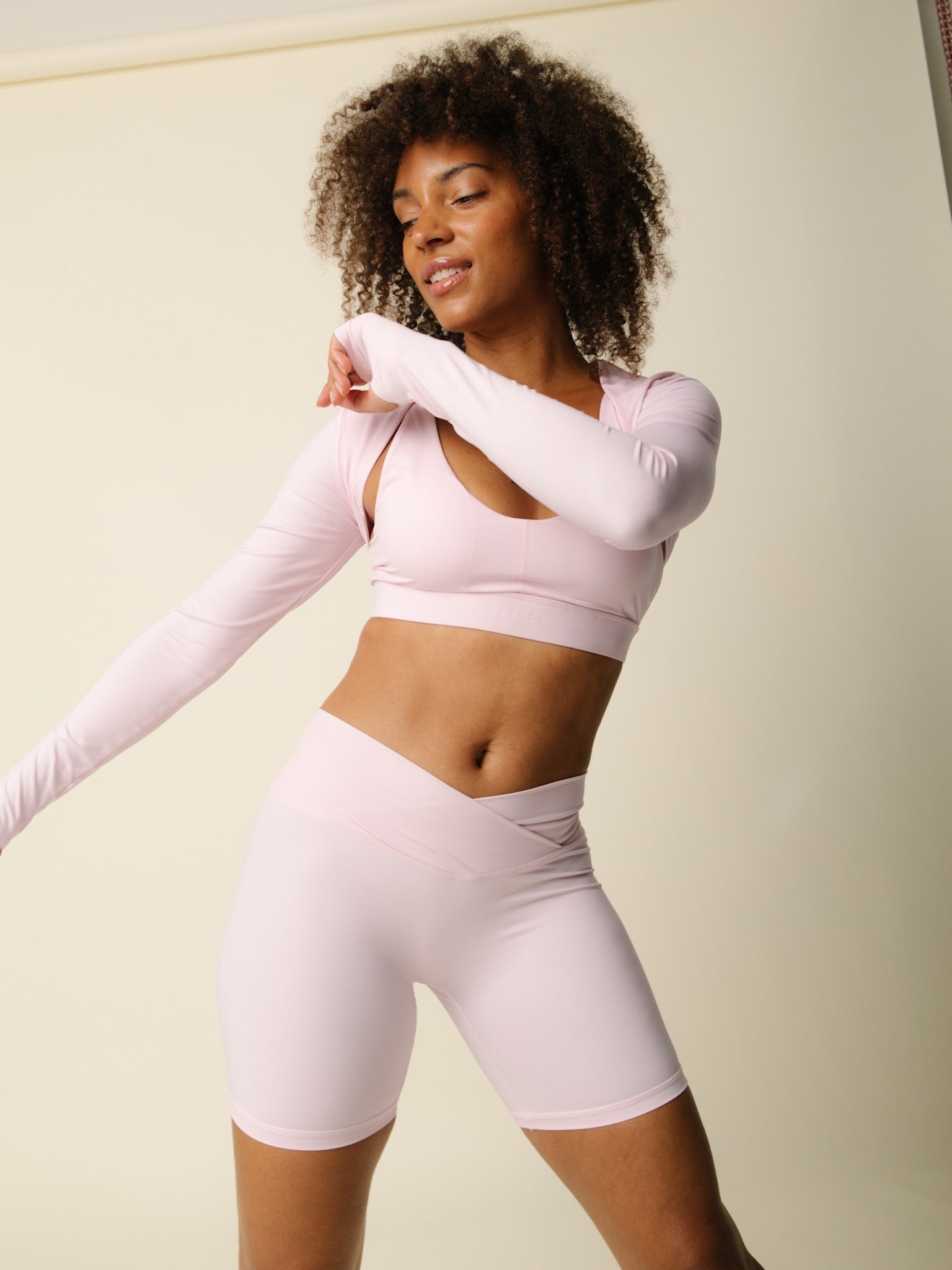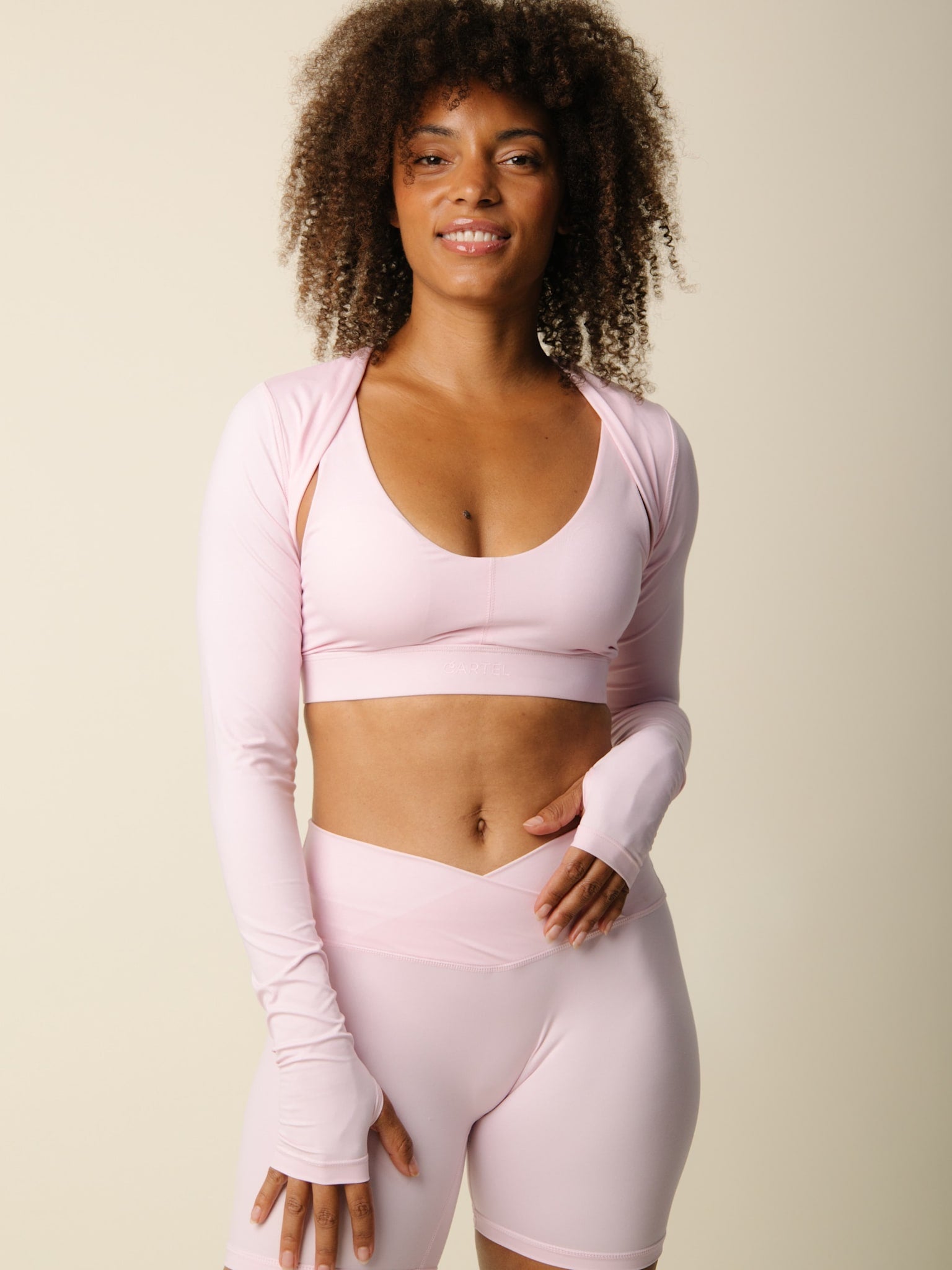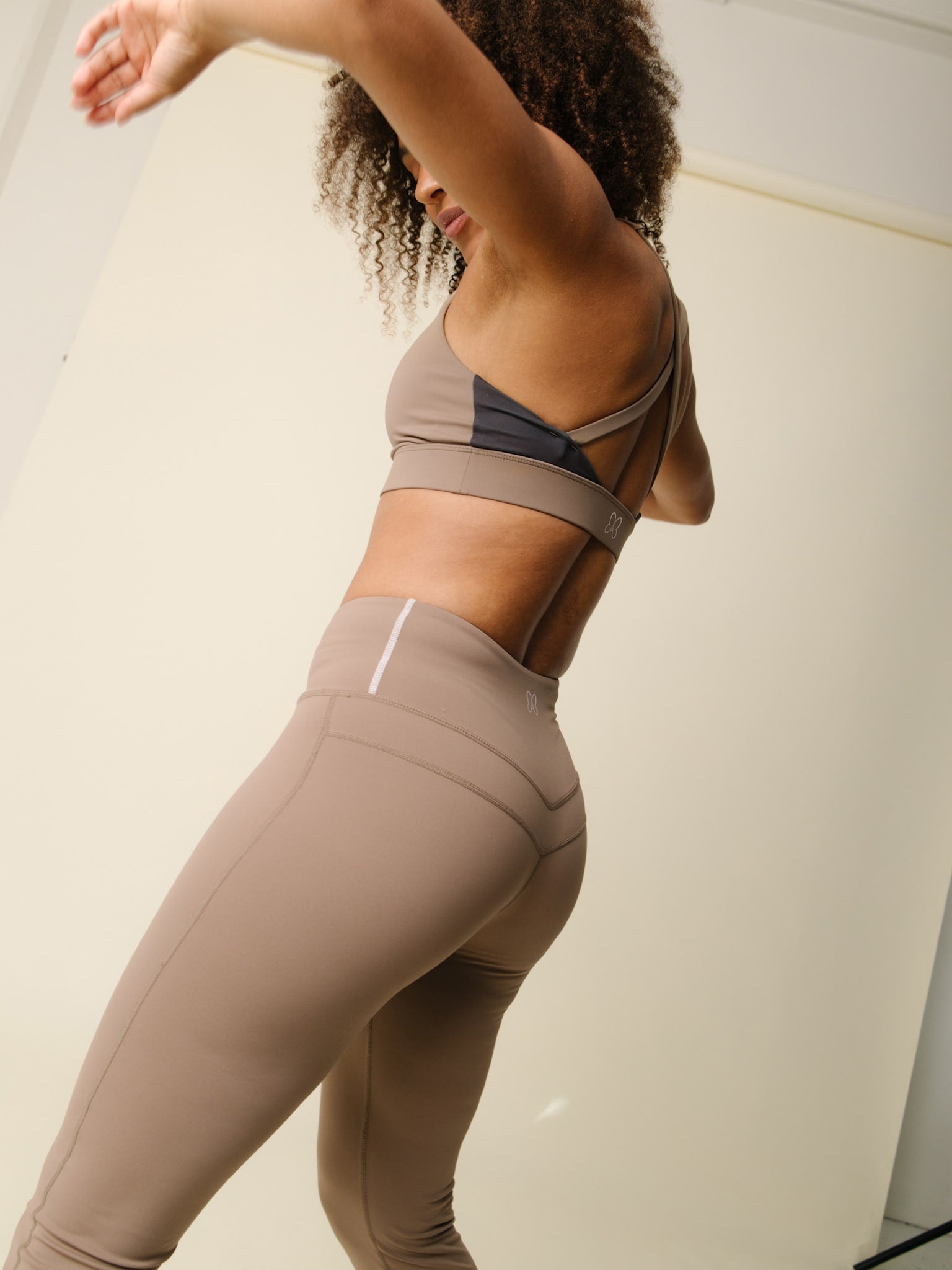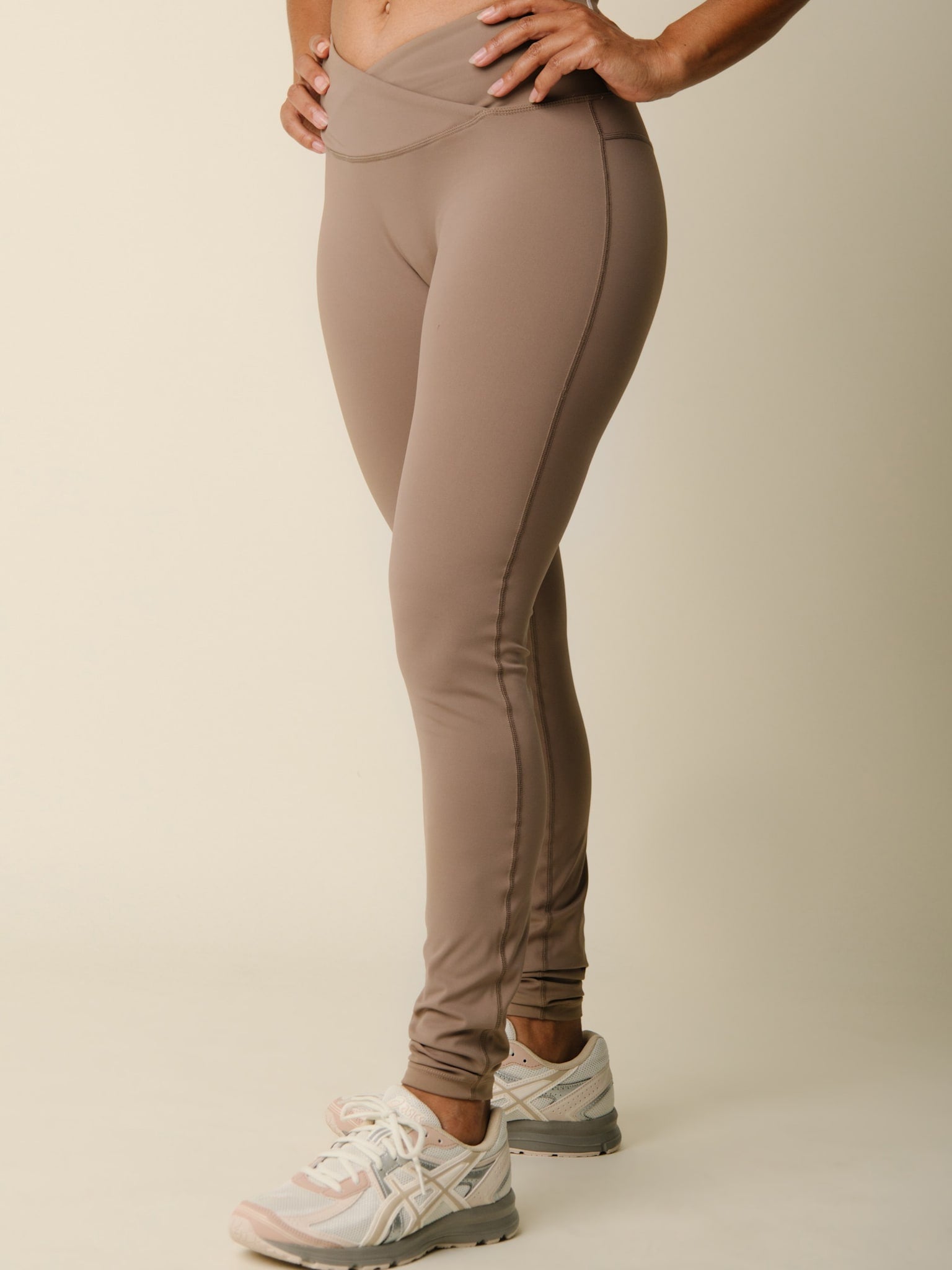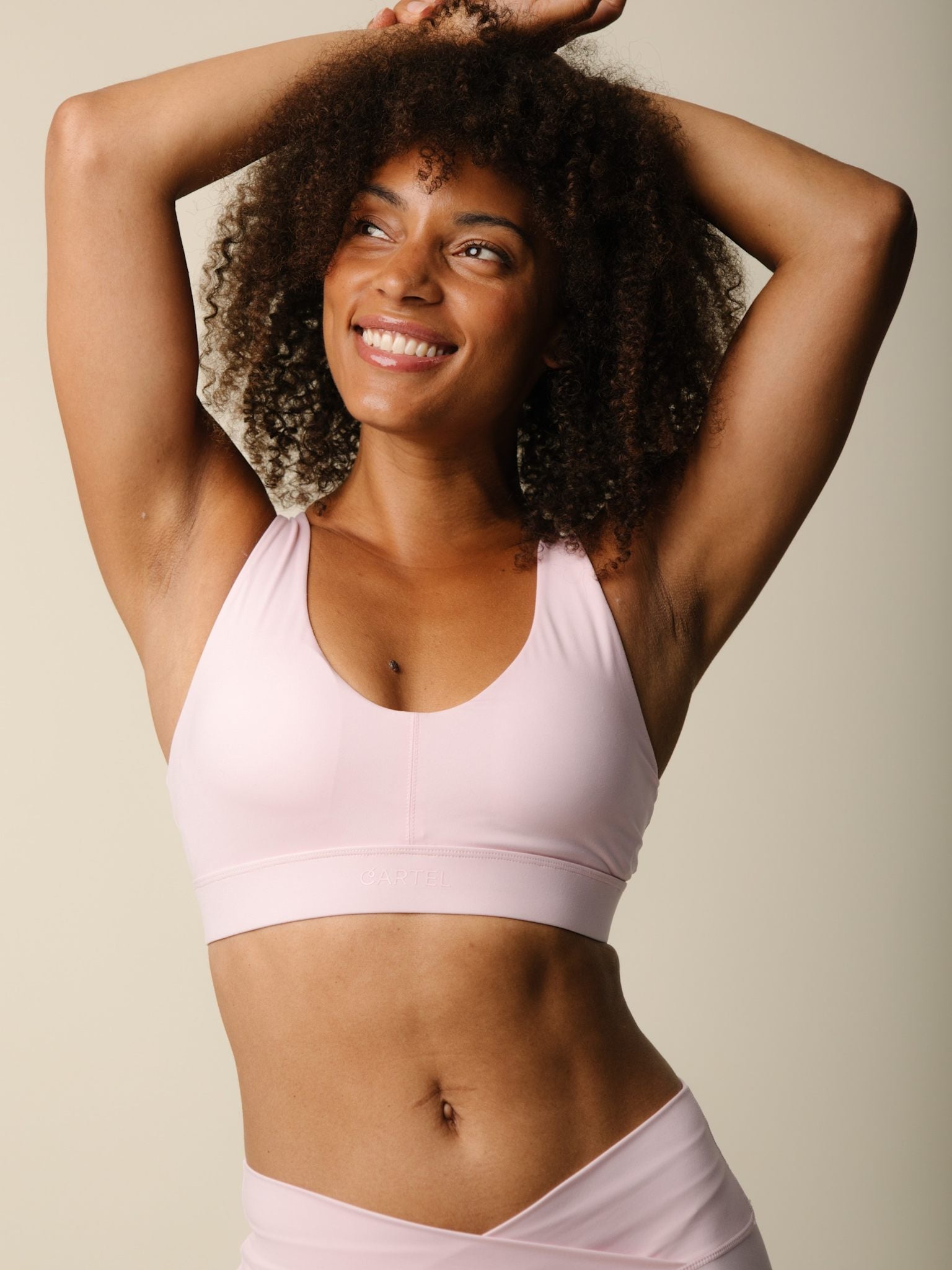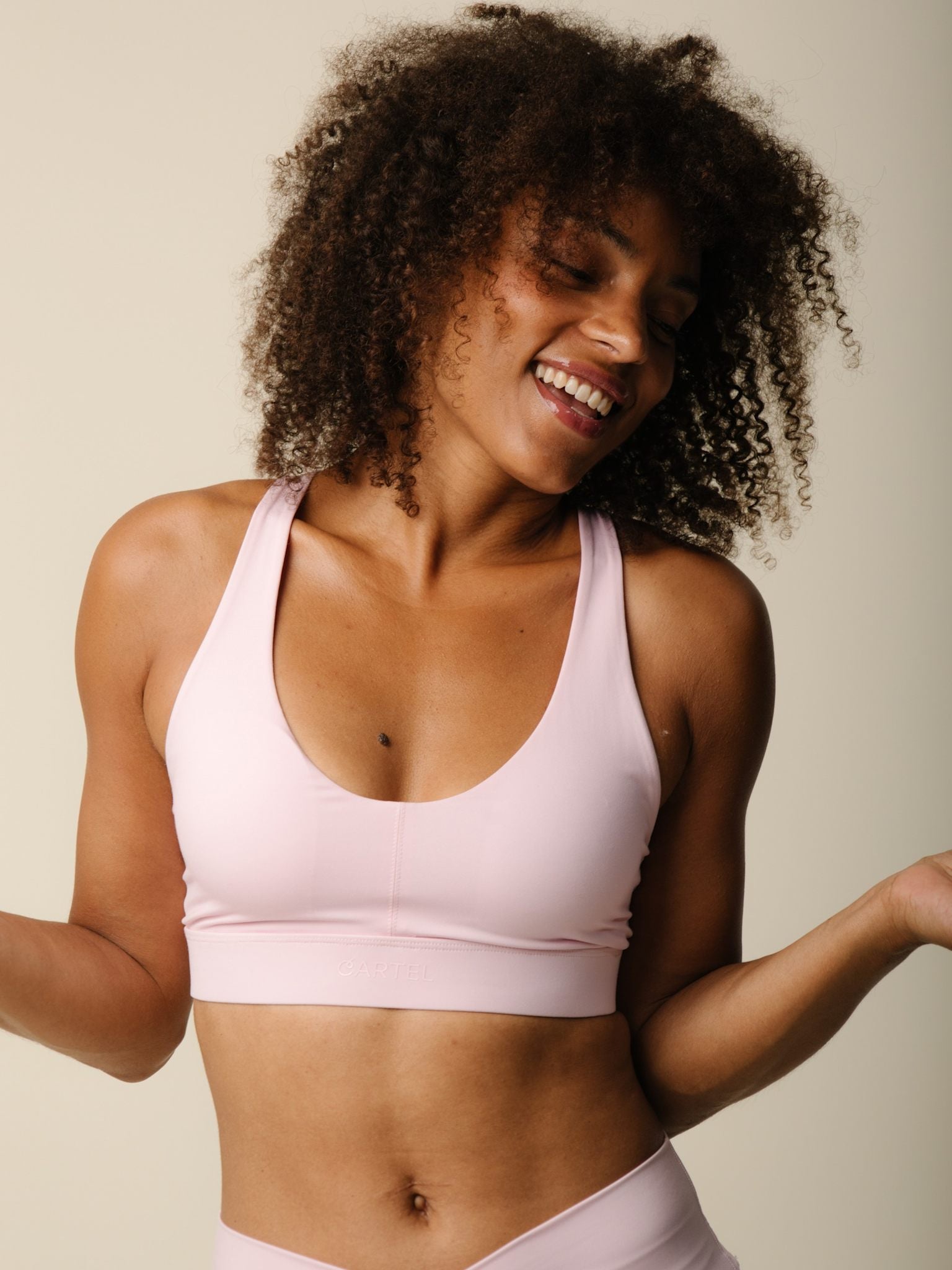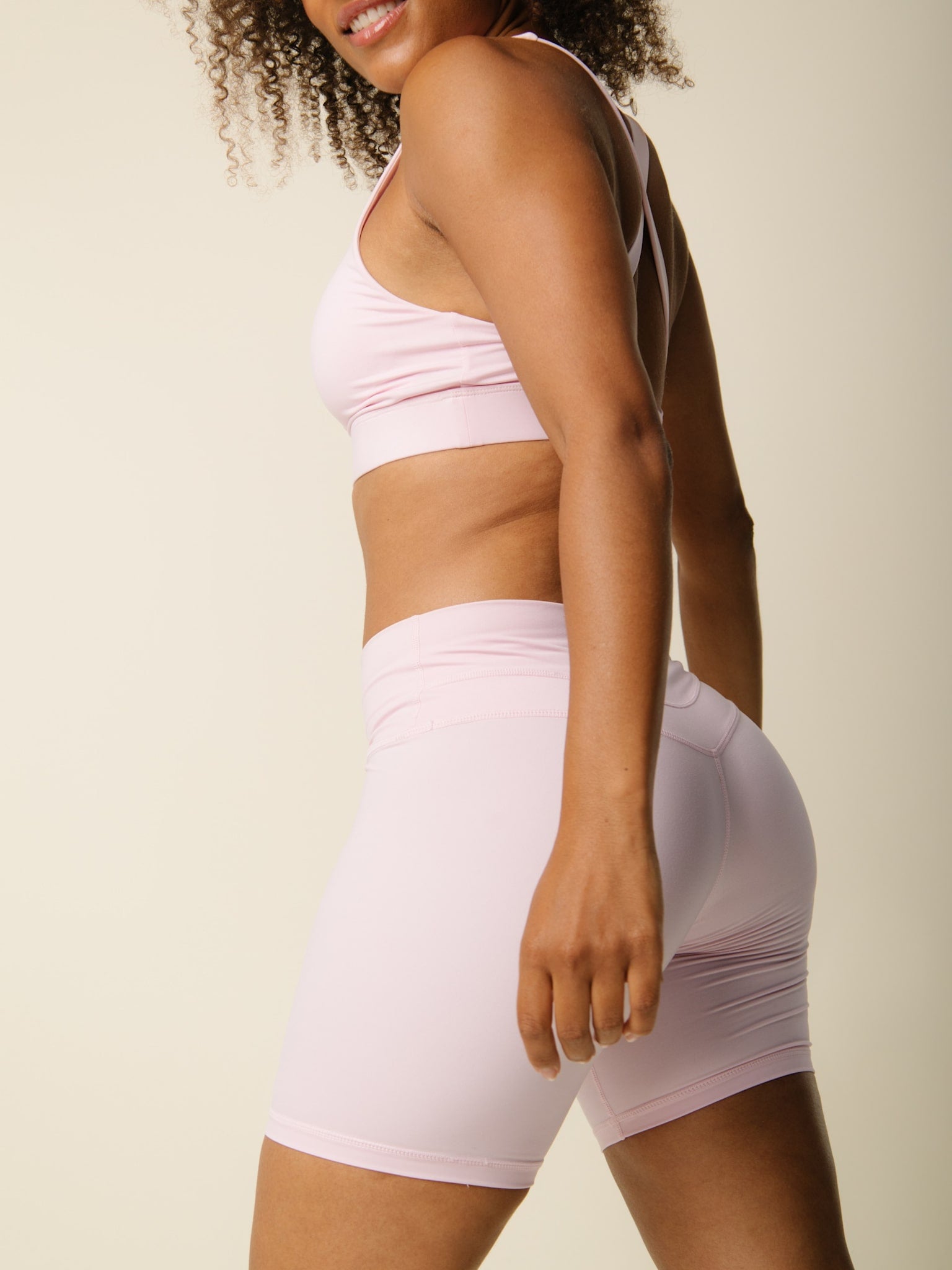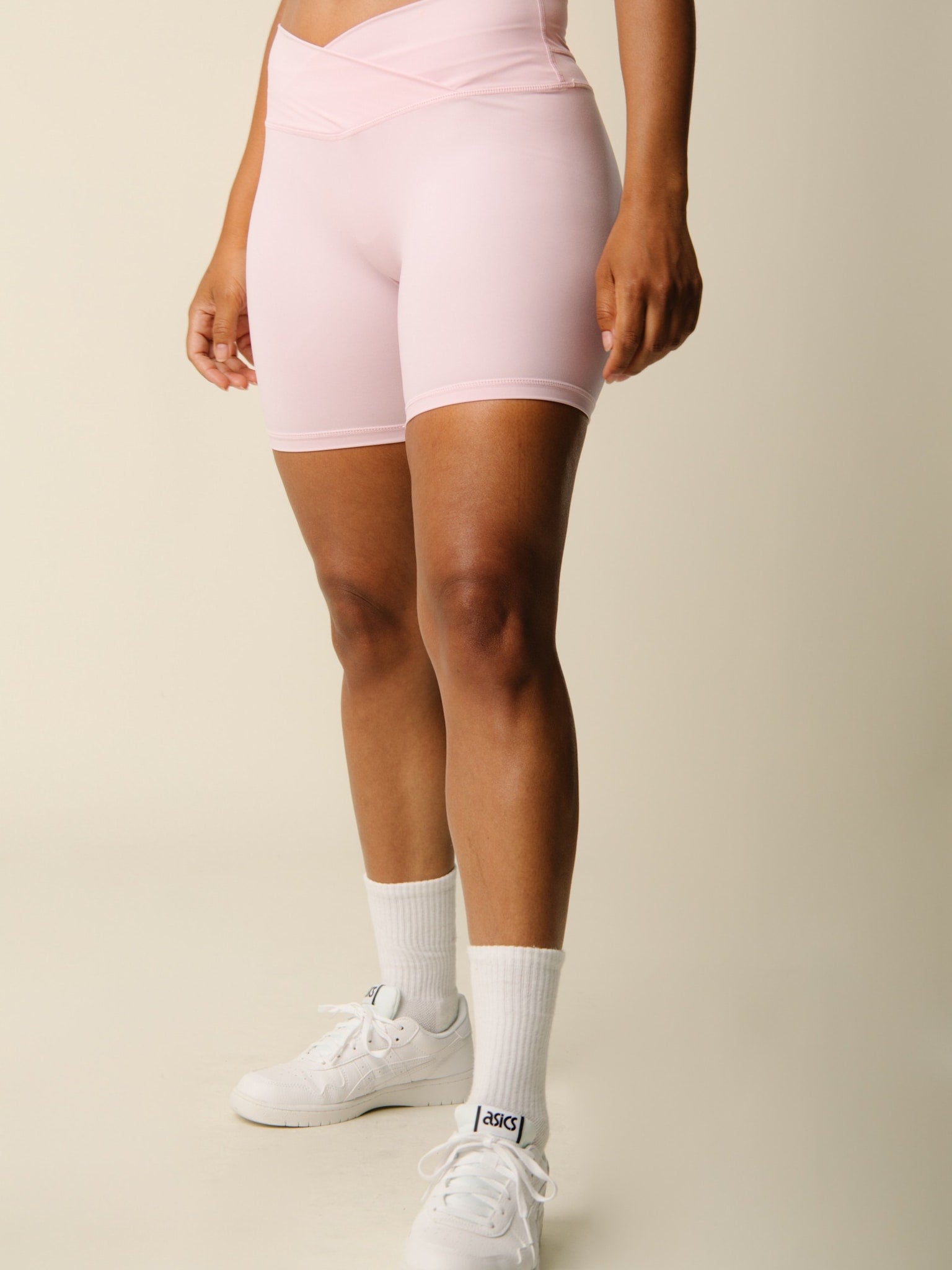Article: Pilates: A Beginner's Guide
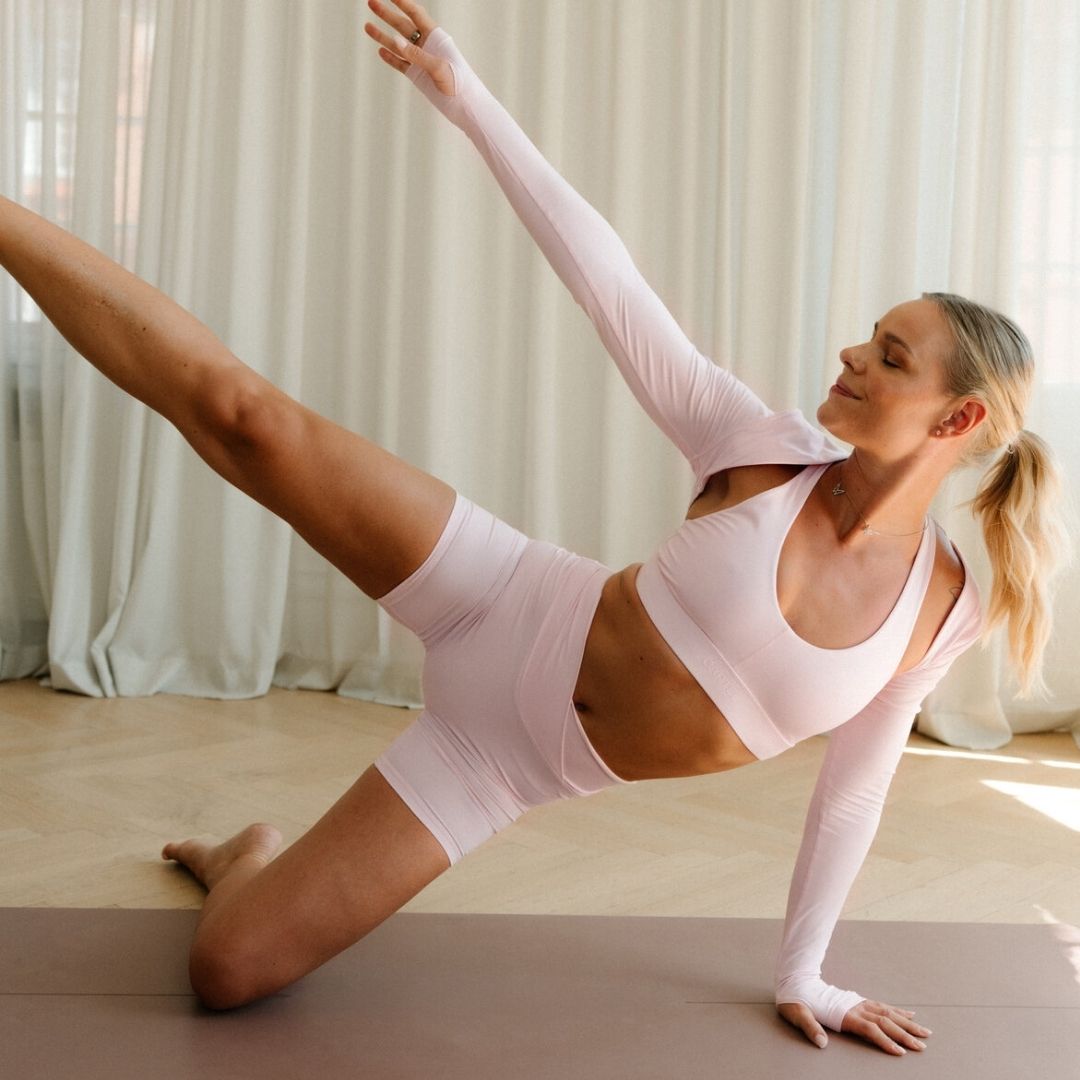
Pilates: A Beginner's Guide
Why Pilates? And why is this timeless form of exercise now more popular than ever?
The short answer:
Pilates is more than just exercise. It's a holistic practice that builds strength, flexibility, balance, and presence. Unlike fleeting fitness fads, pilates has stood the test of time. It began as a rehabilitation tool and is now a favorite among the general population. Its popularity is largely due to its adaptability. Whether you're recovering from an injury, looking to tone your body, or seeking stress relief, pilates offers something for everyone.
Today's health culture is about more than just burning calories – it's about balance, longevity, and mental health. Pilates fits perfectly because it:
-
Combines physical movement with presence.
-
Can be practiced at all ages and fitness levels.
-
Helps to counteract modern lifestyle issues, such as poor posture from office work.
-
Complements other forms of exercise such as yoga, running, and strength training.
The benefits of Pilates for beginners
One of the biggest reasons beginners are drawn to pilates is its wide range of benefits. Unlike training that focuses solely on fitness or muscle building, pilates strengthens both body and mind.
-
Building core strength and stability:
Pilates is often called "the ultimate core workout." But core training isn't just about abdominal muscles – it's about the deep muscles that stabilize the spine, pelvis, and shoulders. A strong core improves balance, reduces the risk of injury, and enhances your performance in other sports. -
Improving flexibility and posture:
Many beginners experience improved posture after just a few sessions. Pilates strengthens weak muscles and lengthens tight muscles, so you stand straighter and move more freely. It is particularly effective for people who sit in front of a computer for many hours. -
Stress reduction and a stronger mind-body connection:
Pilates emphasizes breathing, concentration, and fluid movement. This mindful approach can help calm the body and sharpen focus – like a form of meditation in motion.
Long-term health benefits
Research shows that regular Pilates training can have significant and documented effects on both your body and well-being. According to a systematic research review, pilates can:
- Relieve chronic lower back pain.
- Improve mobility and joint movement.
- Prevent injuries by strengthening stabilizing muscles.
- Support healthy aging through balance and coordination training.
Different ways to practice Pilates
One of pilates' greatest strengths is its versatility. Beginners can start with little equipment and gradually explore more advanced forms.
-
Matwork (mat pilates):
A simple start, using only a mat and your own body weight. Here you will learn basic exercises such as the The Hundred and The Roll Up. This form is accessible and possible both at home and in the studio. -
Reformer Pilates:
A bed-like machine with springs, straps, and a sliding carriage that provides resistance training that challenges strength, balance, and flexibility. It may seem daunting at first, but it delivers quick results and is often described as "life-changing". -
Online vs. study hours
-
Online: Practical – good for busy beginners.
-
Studio: Provides practical guidance, community, and at some studios also reformer equipment.
Many start online and later move on to studios with trained instructors to deepen their practice and experience.
Pilates essentials
-
Exercise mat: A slightly thicker mat (6–10 mm) provides comfort and support for the spine and joints.
-
Workout clothes: Tight-fitting but flexible clothing allows for freedom of movement and makes it easier to observe technique. See our selection of Pilates clothing here.
-
Pilates ring (Magic Circle): Adds resistance to exercises for inner thighs, arms, and core.
-
Small balls: Support mobility and balance and can be used to activate different muscle groups.
-
Resistance bands: Provide extra resistance and variation in the exercises.
-
Breathing: The most important element in Pilates. Controlled, deep breathing is the foundation for all exercises.
Good advice for beginners
-
Start with short sessions of 20–30 minutes.
-
Prioritize technique over the number of repetitions.
-
Be consistent – small, regular workouts give the best results.
-
You can combine matwork and reformer training for variety.
- It is essential to focus on your posture, centering, and precision in your movements - therefore, it is important to have an experienced instructor, otherwise you can easily get injured.
"In Pilates, we connect our core to our breath. It's your chance to show up for yourself" - Pernille Blume
If you don't feel ready for a one-hour session in a studio yet, you can try some of Pernille Blume's online sessions at Align by Blume Studio.
Is Pilates right for me? Accessibility and safety.
One of the best things about Pilates is that it really is for everyone. It can be adapted:
-
Beginners with no prior training experience.
-
For anyone who wants safe, gentle movement.
-
Athletes who want to supplement their training.
-
People with injuries or mobility issues.
However, beginners with medical conditions or serious injuries should consult a professional. Certified instructors can provide modifications to ensure the training is safe and effective.
Frequently Asked Questions about Pilates
-
Is Pilates suitable for all ages?
Yes! From teenagers to seniors, pilates can be adapted to different needs. It is often recommended for older people because it is gentle on the joints. -
Do I need to be flexible to get started?
Not at all. Flexibility is a result of Pilates, not a prerequisite. Many experience increased mobility after just a few weeks. -
Can Pilates help with weight loss?
Pilates is not primarily a calorie-burning workout like HIIT, but it tones muscles, improves posture, and supports weight loss in conjunction with a healthy lifestyle. -
How quickly will I see results?
Many feel stronger and more balanced after 10–12 sessions. Joseph Pilates, the founder of Pilates, himself said:
"After 10 times you will notice the difference, after 20 times you will see the difference, and after 30 times you will have a new body." -
Is Pilates safe if I have injuries?
Yes, but it is important to consult a doctor and train with a certified instructor who can adapt the exercises.
Your future self – stronger, calmer, and more energized – will thank you.
